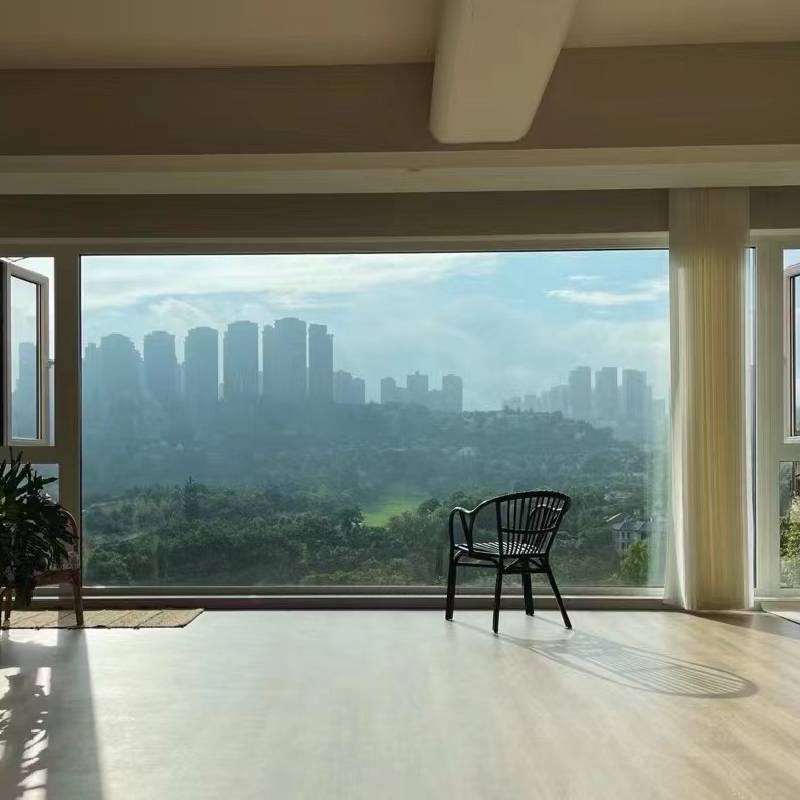

The Importance of Patterned Safety Glass in Modern Architecture
In today's world, safety and security in architecture are paramount considerations. One innovative solution gaining prominence is patterned safety glass, which not only enhances the aesthetic appeal of buildings but also provides vital safety benefits. This specialized glass incorporates various textures and patterns that serve both functional and decorative purposes, making it an increasingly popular choice in construction and design.
Patterned safety glass is created through a process that embeds a specific design within the glass, often during the manufacturing stage. This method ensures that the glass maintains its structural integrity while offering a unique look. The patterns can range from simple lines and geometric shapes to complex designs that evoke nature or cultural motifs. Such diversity allows architects to have the flexibility to tailor the glass to complement the overall design of a building.
One of the foremost reasons for the increasing application of patterned safety glass is its remarkable ability to enhance privacy while still allowing natural light to enter. In environments like offices, hospitals, and residential buildings, the glass can obscure the view from the outside without sacrificing brightness indoors. This functionality is particularly appreciated in spaces where confidentiality is crucial, such as meeting rooms or private consultation areas.

Moreover, patterned safety glass is engineered to withstand impacts and resist breakage, making it an excellent choice for both interior and exterior applications
. Safety glass is tempered or laminated, ensuring that even in the event of breakage, the glass fragments adhere to a special interlayer instead of shattering dangerously. This characteristic is crucial for maintaining safety in high-traffic areas, such as shopping centers and schools, where the risk of accidental breakage is higher.Environmental considerations are also a significant factor driving the adoption of patterned safety glass. Its potential for energy efficiency contributes to sustainable building practices. By selecting glass with specific patterns that reflect heat or enhance insulation, architects can minimize energy consumption, thereby promoting greener building designs.
In addition to its practical uses, patterned safety glass offers an opportunity for artistic expression in architecture. The interplay of light and shadow created by textured glass can dramatically alter the mood of a space, providing a unique atmosphere that can enhance the experience of those who inhabit it. Artists and designers can collaborate to create bespoke glass pieces that tell a story or convey the identity of a company or community.
In summary, patterned safety glass stands at the intersection of aesthetics, safety, and sustainability in modern architecture. Its ability to provide privacy, withstand impacts, and contribute to energy efficiency makes it an essential material in contemporary design. As we continue to innovate in building practices, the role of patterned safety glass will undoubtedly become more prominent, shaping the future of our urban landscapes.